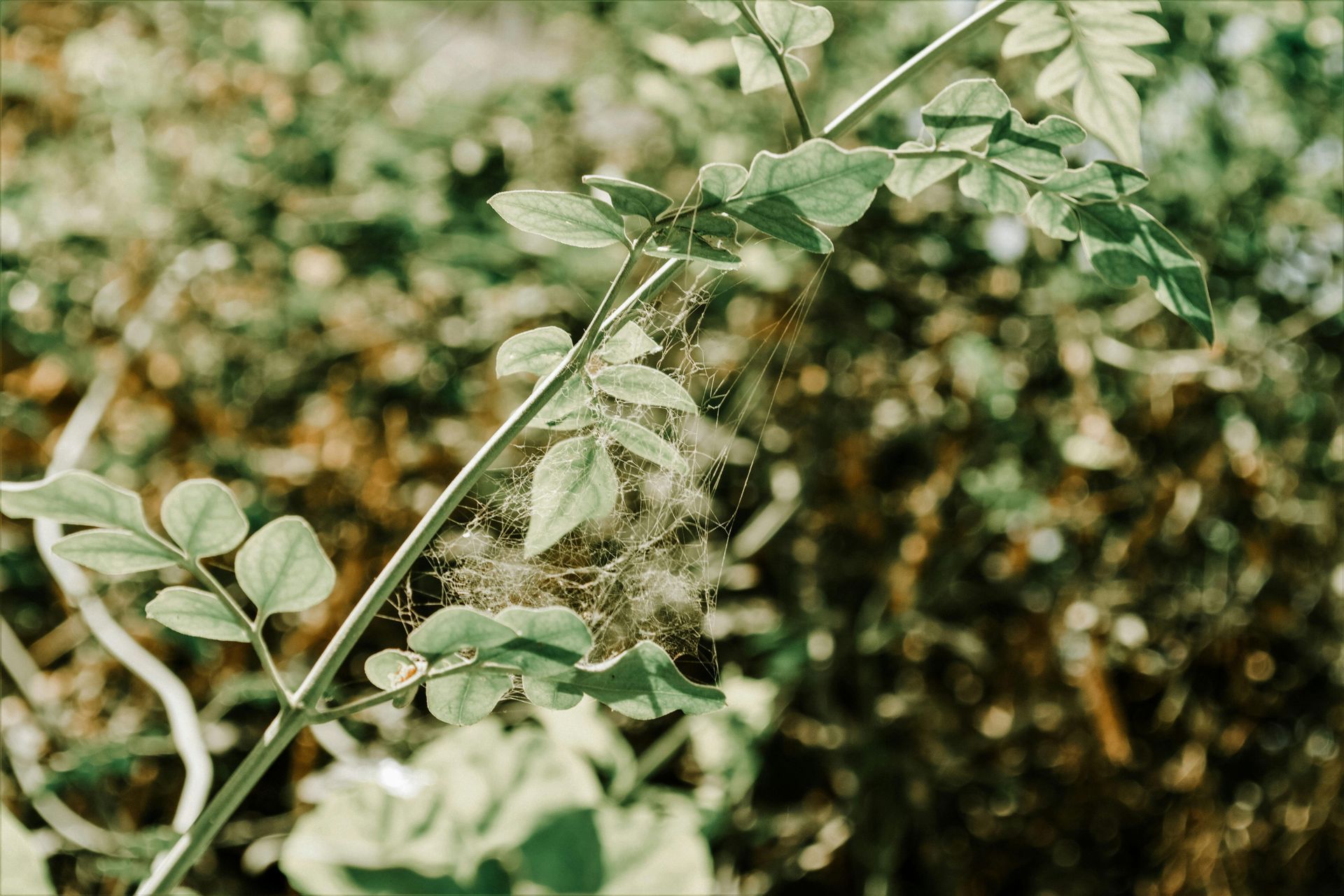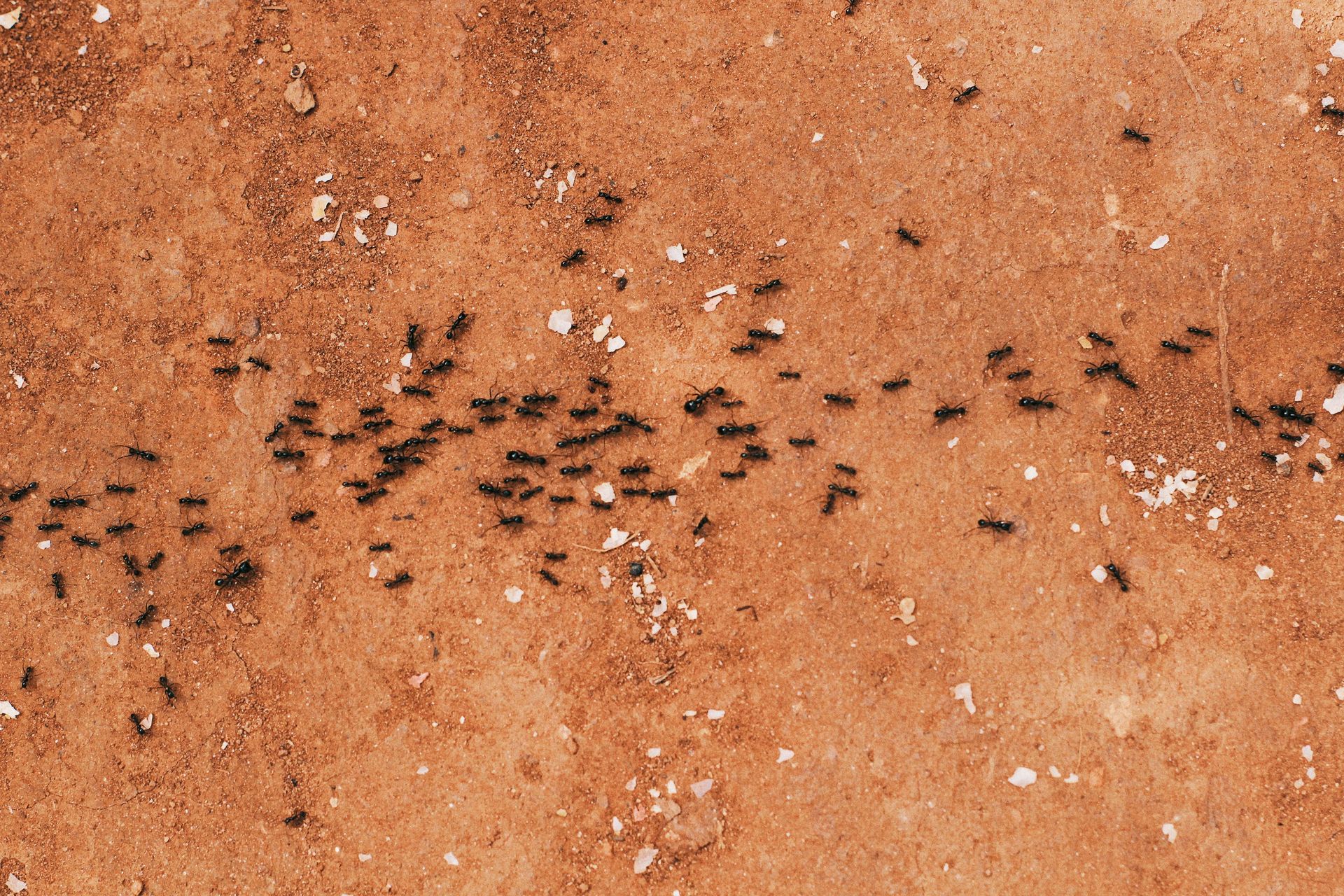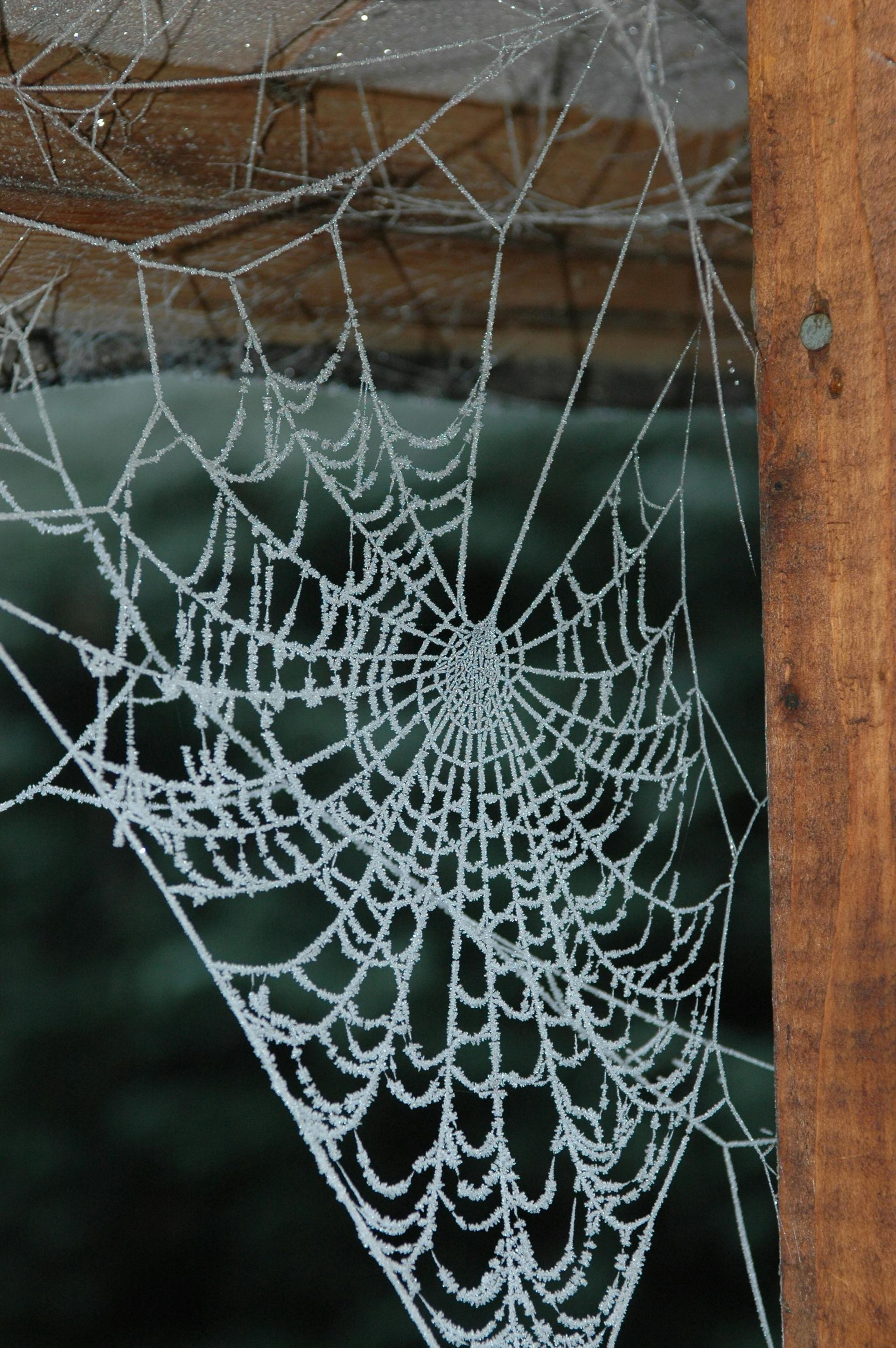Blog Layout
What You Need to Know About Carpenter Bees
David Ratautas • April 26, 2020
Carpenter Bee or Bumble Bee?
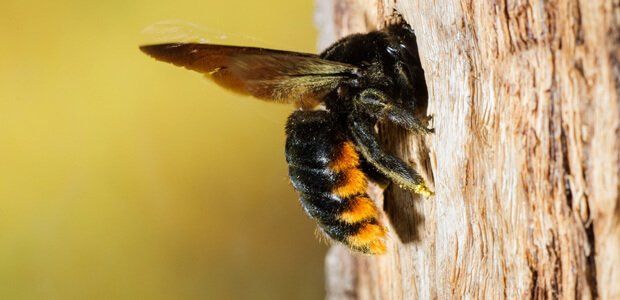
Carpenter bees are right around ¼ inch long with smooth black bodies, and are very often mistaken for bumble bees due to similarities in their appearance. Bumble bees are covered in yellow hair while carpenter bees are mostly hairless, making this an easy way to tell them apart. Also, carpenter bees will bore into wood creating “galleries” as a nest for their eggs, store food, and as refuge to survive the winter. The “galleries” they bore into wood are also ¼ inch, perfectly round, and are dug along the grain of their chosen wooden structure.
Unlike termites, carpenter bees don’t eat the wood they bore through so it’s common to see piles of sawdust-like material around the areas they’re infesting. However, both can inflict serious structural damage over time. Also, only the females have stingers and will only sting when threatened. The males of the species will only dive bomb any threats near the nesting site as an intimidation tactic, but won’t sting or bite. Carpenter bees aren’t all bad however, they also play an important role in pollination!
Carpenter bees prefer plain and bare wood, so one of the easiest ways to prevent a carpenter bee infestation is by painting, sealing, and varnishing doors, eaves, railings, and other wooden structures.
If carpenter bees are becoming a problem around your home, make sure to give your local Kaptar Environmental office a call for assistance from your local professionals!
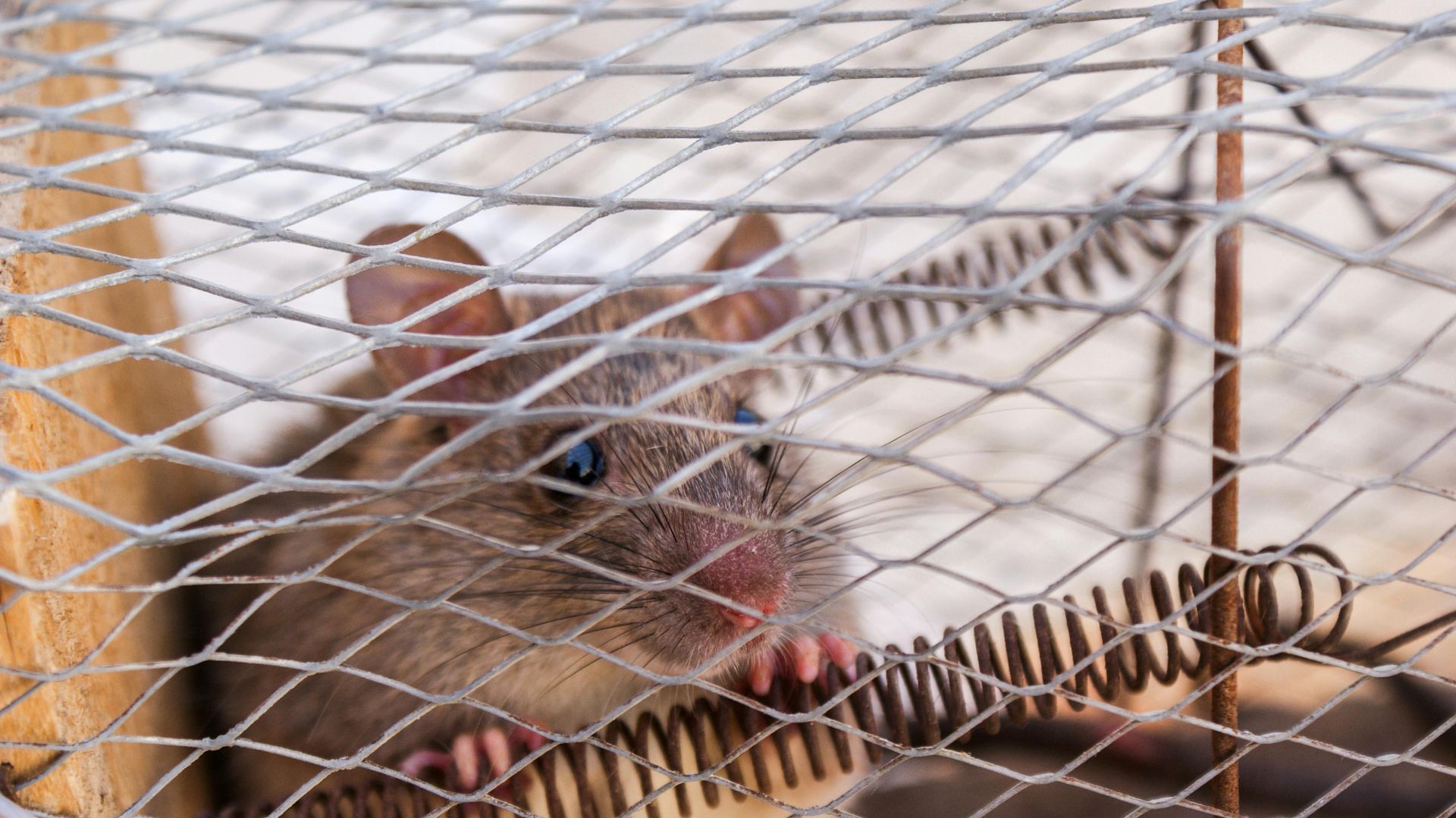
February 20, 2025
As the temperatures drop and winter sets in, it’s tempting to think that pest problems have disappeared with the warm weather. After all, mosquitoes are gone, ants aren’t marching across the kitchen, and flies have stopped buzzing around. However, the absence of visible pests doesn’t mean they’ve vanished entirely. In fact, winter can be one of the most important times to maintain regular pest control services. Winter pest control ensures your home remains protected from pests that are still active, often hidden, and potentially dangerous. Let’s explore why pest control is essential even during the colder months.
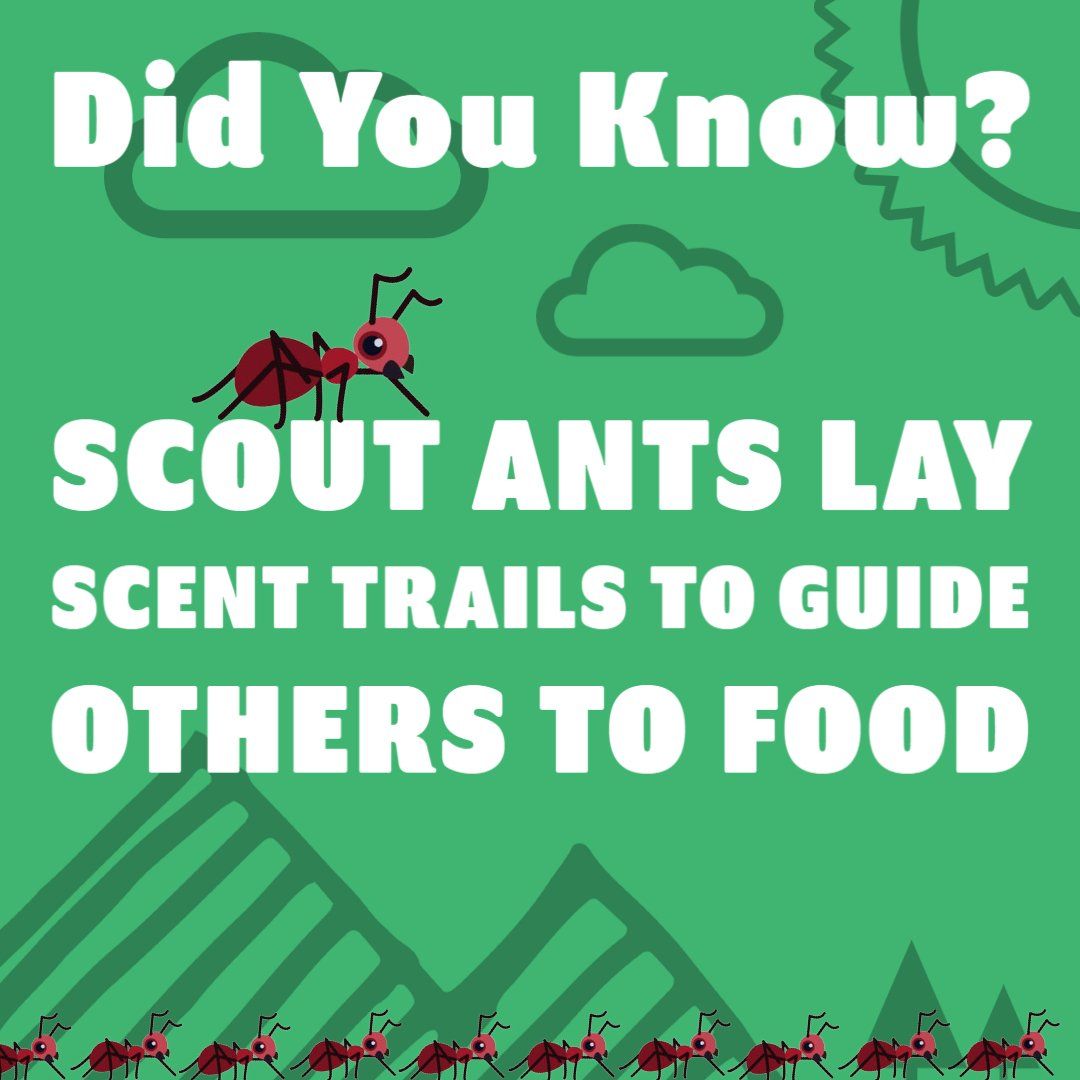
By jonathan ratautas
•
March 27, 2021
By following pheromone trails laid by scout ants from their colony, foraging ants can gather and store food efficiently. A scout ant first leaves the nest in search of food, wandering somewhat randomly until it discovers something edible. It then consumes some of the food and returns to the nest in a direct line.
Contact
Weekdays
9 AM - 5 PM
Saturday
9 AM - 5 PM
Sunday
Closed
© 2025
All Rights Reserved | Organix Pest Control


